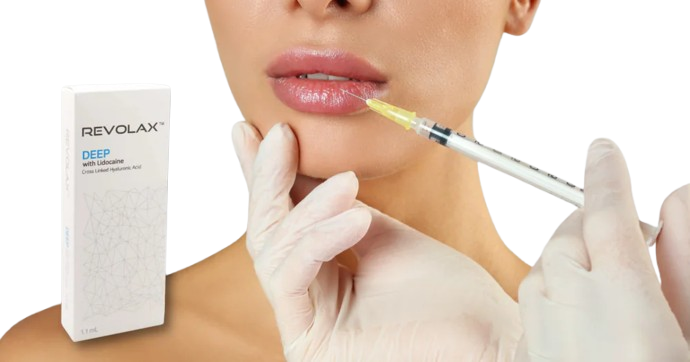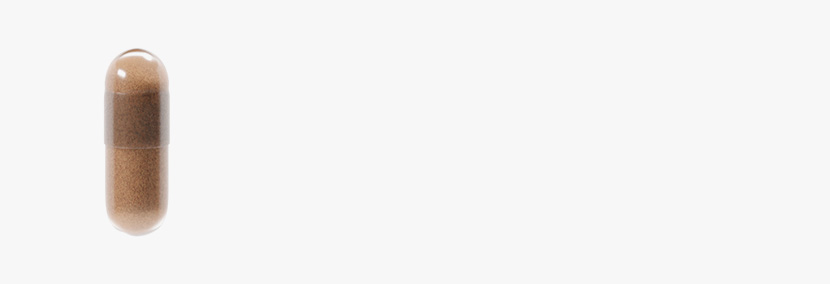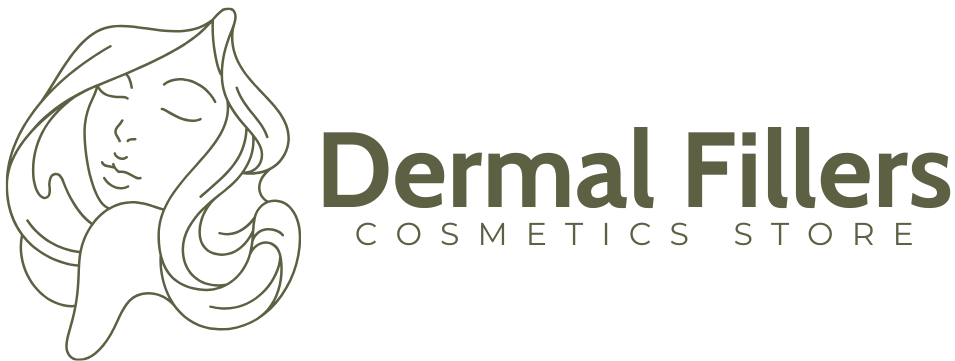Dysport
Dysport vs Botox – A Thorough Comparison
Sep 6, 2025
Botulinum toxin (BoNT), once known solely as a potent neurotoxin, has evolved into a cornerstone of both therapeutic and aesthetic medicine. Its mechanism has enabled effective treatment of conditions ranging from dystonia to chronic migraines and glabellar lines. According to a 2025 review in the Journal of Clinical Medicine, the precision and safety profile of BoNTs have made them one of the most versatile agents in modern clinical practice.
Among the most recognized formulations of BoNT type A are Dysport and Botox. Though both derive from the same bacterial source, they differ in molecular structure, diffusion characteristics, and clinical behavior. These distinctions have sparked ongoing discussion among practitioners and patients alike, especially when choosing the most suitable option for cosmetic or therapeutic use.
In this article, we will explore the key differences between Dysport and Botox, including onset, duration, dosing, and clinical outcomes.
Key Takeaways
- Dysport and Botox are both botulinum toxin type A treatments approved by the FDA for cosmetic wrinkle reduction and therapeutic use.
- Formulation differences (onabotulinumtoxinA vs abobotulinumtoxinA) influence diffusion, dosing, and treatment precision.
- Dysport tends to have a faster onset (2–3 days) and broader diffusion, making it well-suited for larger areas like the forehead.
- Botox typically takes 3–5 days to produce visible results, with effects lasting 3–4 months, allowing for precise control in smaller areas.
- Dosing units are not interchangeable; a standard guideline is a 2.5:1 conversion ratio (25 Dysport units ≈ 10 Botox units).
- The cost per unit is lower for Dysport, but because more units are required, overall treatment costs often end up being similar.
- The right choice depends on the patient’s goals, anatomy, and the provider’s expertise, ensuring outcomes that are both safe and natural-looking.
About: Trusted by over 2,000+ global clients since 2014, Maylips has become a leading supplier of cosmetic, skincare, and orthopedic products for medical and aesthetic professionals. Maylips offers a wide range of authentic brand-name products at competitive wholesale prices, sourced from around the world. If you’re looking to buy Dysport online, contact our sales team for guidance.
Dysport and Botox: Formulation, Diffusion, and Molecular Distinctions
Both Dysport and Botox are derived from botulinum toxin type A, but they are not identical in how they are formulated or how they behave once injected. Botox contains onabotulinumtoxinA, while Dysport contains abobotulinumtoxinA. These subtle differences in structure and protein complexes influence how each product diffuses and interacts with the targeted muscles.
Ipsen, the Dysport manufacturer, highlights that its product contains smaller protein complexes, which may allow it to spread more broadly from the injection site. This broader diffusion can make Dysport appealing for larger treatment zones, like the forehead, where a wider spread helps create a smoother, more blended effect. In contrast, Botox has a formulation that tends to stay more localized, offering precise control in small areas like crow’s feet or the glabella.
These molecular distinctions also play a role in dosing requirements. Dysport generally requires more units to achieve a result equivalent to Botox, though both deliver reliable outcomes when used correctly. Understanding these nuances enables providers to tailor treatments to each patient’s specific goals and facial anatomy.
Comparative Onset and Duration of Effect: Dysport vs Botox
One of the most practical differences between Dysport and Botox lies in how quickly they work and how long their effects last. For patients and practitioners, these timelines can influence which product feels like the better fit for specific needs.
Onset of Action


- Dysport: Results may be visible in as little as 2 to 3 days, making it appealing for those wanting faster improvements, for example, before social events or photo sessions.
- Botox: Improvements usually begin within 3 to 5 days, with results continuing to refine over the following week.
Duration of Effect
- Dysport: Effects often last around 3 to 4 months, though the exact duration depends on factors like muscle activity, metabolism, and the treatment area.
- Botox: Effects generally last 3 to 4 months as well, with some patients maintaining results slightly longer.
The faster onset of Dysport can make it attractive to patients who want quick, noticeable changes, while Botox’s reputation for consistent longevity appeals to those prioritizing fewer maintenance appointments. Individual response varies, which is why both patient goals and clinical expertise should always guide product choice.
Dosing and Unit Conversion Practices Between Dysport and Botox
Although both Dysport and Botox are based on BoNT-A, their dosing units are not interchangeable. Each brand has its own measurement system, which is why precise conversion is so necessary in clinical practice.


- Standard Conversion Ratio: The most common guideline uses a ratio of 2.5:1. In practice, this means 25 Dysport units deliver an effect roughly comparable to 10 Botox units. This ratio serves as a reference point, not a strict rule, and experienced providers adjust it according to patient response and treatment goals.
- Formulation Differences: Dysport and Botox differ in molecular weight distribution, accessory proteins, and unit potency. These variations affect how each spreads, how it binds at the injection site, and the overall clinical response.
- Diffusion Characteristics: Dysport has a broader spread, which can be beneficial for larger zones, while Botox tends to stay tightly localized, providing precision for smaller or more delicate areas.
- Clinical Context Matters: Conversion ratios provide general direction, but effective dosing depends on anatomy, prior treatment history, and the size of the muscle groups involved.
Because of these complexities, switching between Dysport and Botox requires careful consideration. Proper dosing ensures consistent, natural-looking results while minimizing the risk of overtreatment or asymmetry.
Clinical Considerations: Technique, Cost, and Application Areas for Dysport
When comparing Dysport to Botox, the injection technique, pricing model, and treatment areas all influence outcomes. These practical considerations often guide the conversation between patients and providers.
Diffusion and Application Areas
Dysport’s broader diffusion makes it a strong option for treating large regions like the forehead or the glabellar lines, where a more blended effect is desired. Botox, with its localized diffusion, is often preferred for smaller or more targeted zones, where precision is critical, such as around the perioral area.
Injection Technique
Because Dysport spreads more widely, skilled providers adapt their injection technique to maintain control. Strategic placement and careful dosing prevent unintended muscle relaxation, ensuring balanced results. With Botox, injection points can be closer together, which helps target smaller muscles with delicate precision.
Cost Comparison
On a per-unit basis, Dysport is generally priced lower, often around $4–$6 per unit in U.S. clinics, compared with $10–$15 per unit for Botox. However, because Dysport requires more units to match Botox’s effect, the overall treatment cost is often quite similar between the two. Patients benefit from discussing cost expectations in advance so they understand how pricing and dosage interact.
Ultimately, the decision between Dysport and Botox comes down to individual goals, facial anatomy, and provider expertise. By aligning these factors, patients can achieve natural, lasting results that feel personalized and effective.
Conclusion
Dysport and Botox remain two of the most widely trusted and FDA-approved treatments for reducing the appearance of wrinkles and fine lines. While both share a common mechanism of action as botulinum toxin type A products, they differ in important ways, including formulation, diffusion behavior, onset of action, duration of results, and dosing requirements.
Dysport often shows results sooner and spreads more evenly, making it a strong choice for larger treatment zones, such as the forehead. In contrast, Botox is known for its localized diffusion and slightly longer-lasting effects, offering precision in smaller or more delicate areas such as the glabella or perioral region.
The best choice ultimately depends on a combination of patient goals, facial anatomy, treatment areas, and the provider’s expertise. By understanding these distinctions, patients can make informed decisions and maintain realistic expectations about their outcomes, resulting in smoother, more natural-looking results and higher treatment satisfaction.
FAQs
1. How soon will I see results with Dysport?
Most patients notice improvements within 2–3 days, which is faster compared to Botox’s 3–5 day onset.
2. How long do Dysport results last?
Dysport typically lasts around three months. Individual factors, such as metabolism and muscle activity, may influence the duration.
3. Is Dysport cheaper than Botox?
Dysport is often priced lower per unit. However, since Dysport treatments need more units, the overall costs may be similar to those of Botox.
4. Can I switch from Botox to Dysport?
Yes, many patients switch between the two. However, dosing adjustments must be made since the units are not interchangeable.
5. Are Dysport injections safe?
Yes, Dysport is FDA-approved and considered safe when administered by a trained medical professional. Side effects are generally mild and temporary.
6. Which areas are best treated with Dysport?
Dysport is commonly used for forehead lines, glabellar lines (frown lines), and other larger treatment zones due to its diffusion.
7. How do I know if Dysport or Botox is better for me?
The best choice depends on your goals, anatomy, and treatment area. A qualified provider can recommend the most suitable option.
Talk with our sales representative.
Book a Meeting
References
Ayoub N. Botulinum Toxin therapy: A Comprehensive review on clinical and pharmacological insights. Journal of Clinical Medicine. 2025;14(6):2021. doi:10.3390/jcm14062021
Botox (Botulinum toxin). Cleveland Clinic. Published June 30, 2025. https://my.clevelandclinic.org/health/treatments/8312-botulinum-toxin-injections
Adams ME, Olivera BM. Neurotoxins: overview of an emerging research technology. Trends in Neurosciences. 1994;17(4):151-155. doi:10.1016/0166-2236(94)90092-2





